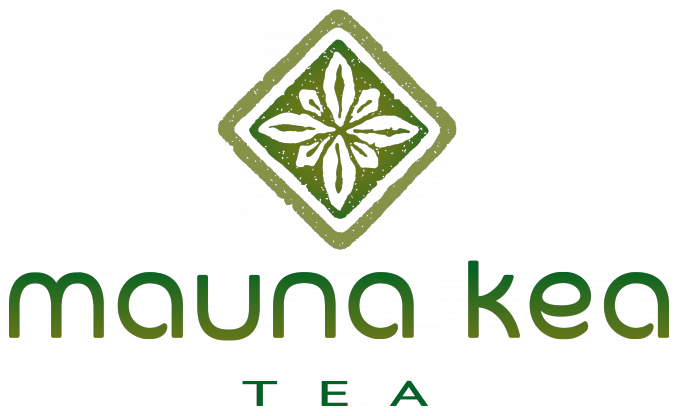Health Benefit of Green Tea
Antibacterial properties of green tea
Green tea is often served at sushi restaurants not just for healthy drink, but also known to reduce risk of food poisoning. Some of the most deadly food poisoning bacteria are very sensitive to green tea polyphenols (catechins). C. botulinum is commonly found in soil, yet most notable botulism cases come from improperly canned foods. In order to destroy C. botulinum spores, you must cook at 120C for more than 4 minutes. In green tea drinks due to its antimicrobial property 85C for 30 minutes can almost completely destroy. In intestinal tract it is reported that less than 100ppm of green tea catechins is required to achieve MIC for C. botulinum. Hara et. al. (*1) shows that effects of green tea catechins (green tea polyphenols) on human intestinal bacteria. Lactobacillus acidophilus and Bifidobacterium bifidum generally considered as beneficial bacteria showed significantly greater minimum inhibitory concentration (MIC) to catechins while Clostridium and Staphylococcus that can cause food poisoning are lower MIC. Minimum inhibitory concentration of green tea catechins in intestinal bacteria.(*1)
| Bacterial strain | Minimum inhibitory concentration (ppm) |
|---|---|
| Staphylococcus aureus IAM 1011 | 450 |
| Vibrio fluvialis JCM 3752 | 200 |
| V. parahaemolyticus IFO 12711 | 200 |
| V. metschnikovii IAM 1039 | 500 |
| Clostridium perfringens JCM 3816 | 400 |
| Clostridium botulinum A. B mix | less than 100 |
| Bacillus cereus JCM 2152 | 600 |
| Plesiomonas shigelloides IID No.3 | 100 |
| Aeromonas sobria JCM 2139 | 400 |
| Lactobacillus sp. JCM1102 | greater than 1000 |
| Lactobacillus sp. JCM1059 | greater than 1000 |
| Lactobacillus sp. JCM1183 | greater than 1000 |
| Bifidobacterium bifidum JCM 1255 | greater than 1000 |
| Bifidobacterium bifidum JCM 1275 | greater than 1000 |
Minimum inhibitory concentration of green tea catechins against food poisoning bacterial (*1)
| Bacterial strain | Minimum inhibitory concentration (ppm) | |||
|---|---|---|---|---|
| EC | ECg | EGC | EGCg | |
| Staphylococcus aureus IAM 1011 | greater than 800 | 800 | 150 | 250 |
| Vibrio fluvialis JCM 3752 | 800 | 300 | 300 | 200 |
| V. parahaemolyticus IFO 12711 | 800 | 500 | 300 | 200 |
| V. metschnikovii IAM 1039 | greater than 1000 | greater than 1000 | 500 | greater than 1000 |
| Clostridium perfringens JCM 3816 | greater than 1000 | 400 | 1000 | 300 |
| Bacillus cereus JCM 2152 | greater than 1000 | 600 | greater than 1000 | 600 |
| Plesiomonas shigelloides IID No.3 | 700 | 100 | 200 | 100 |
| Aeromonas sobria JCM 2139 | greater than 1000 | 700 | 400 | 300 |
| Clostridium botulinum A. B mix | greater than 1000 | less than 100 | 300 | less than 100 |
*1 Hara et. al. 1989, Journal of the Japanese Society for Food Science and Technology, 36. 951

